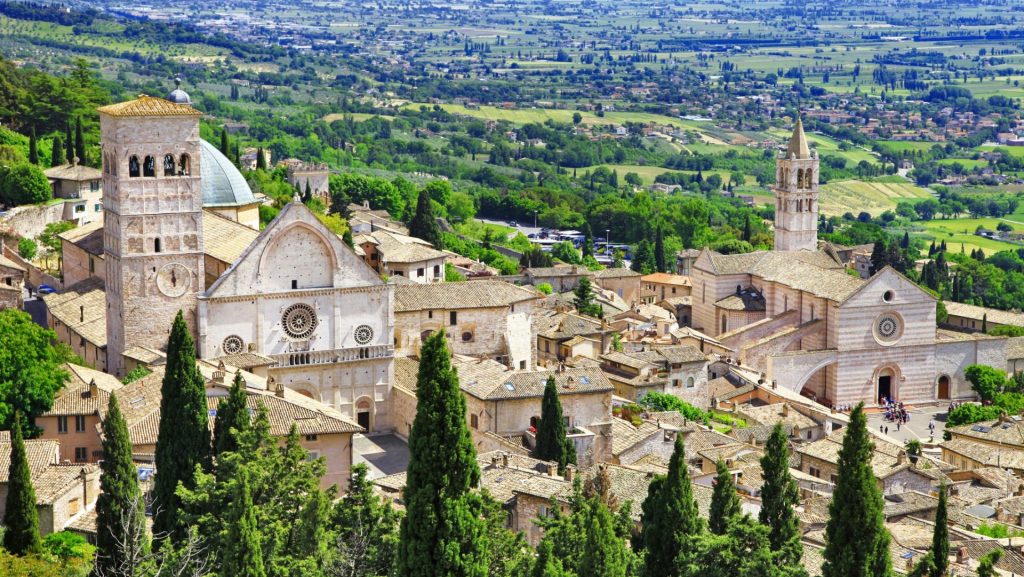Tuscany, with its rolling hills, golden vineyards, and centuries-old architecture, is synonymous with the soul of Italy. While cities like Florence, Pisa, and Siena attract throngs of visitors, the true magic of Tuscany lies in its hidden villages. These small towns and hamlets, often untouched by modernity, offer an authentic glimpse into Italy’s rich history, culture, and cuisine. This blog will take you on a detailed journey through some of Tuscany’s most enchanting villages, providing tips for an unforgettable experience.
1. San Gimignano: The Town of Fine Towers
San Gimignano, perched atop a hill overlooking lush vineyards, is famed for its medieval skyline dotted with 14 surviving towers. A UNESCO World Heritage Site, this village is a masterpiece of Gothic architecture.
Highlights to Explore:
- Piazza della Cisterna: The town’s central square is surrounded by charming buildings and provides the perfect spot to enjoy gelato.
- Torre Grossa: Climb this 54-meter tower for panoramic views of the Tuscan countryside.
- Collegiata di San Gimignano: A Romanesque church adorned with frescoes that narrate biblical stories.
Insider Tip: Visit during the early morning or late afternoon to avoid crowds and witness the village basking in golden light.
2. Montepulciano: The Jewel of Renaissance Tuscany
Known for its exquisite wine, Montepulciano is a haven for food and wine enthusiasts. However, its allure extends beyond its vineyards.
Must-See Attractions:
- Piazza Grande: This picturesque square is surrounded by Renaissance palaces and the majestic Cathedral of Santa Maria Assunta.
- Cantina Storica: Explore the ancient wine cellars beneath the city and savor a glass of the famous Vino Nobile di Montepulciano.
- Chiesa di San Biagio: A striking church located just outside the town, offering a peaceful retreat with incredible views.
Culinary Note: Pair your wine with pici pasta, a hand-rolled specialty unique to this region.
3. Pienza: The Perfect Renaissance Town
Dubbed the “ideal town” of the Renaissance, Pienza was meticulously designed by Pope Pius II as a model city. Today, it exudes a romantic charm.
What to Discover:
- Palazzo Piccolomini: The former home of Pope Pius II, this palace boasts beautifully preserved Renaissance architecture.
- Piazza Pio II: The heart of Pienza, this square is surrounded by elegant buildings and offers stunning views of the Val d’Orcia valley.
- Cheese Shops: Pienza is renowned for its Pecorino cheese. Visit local shops to sample different varieties, from fresh to aged.
Pro Tip: Time your visit with the annual Pecorino Cheese Festival in September for tastings, contests, and cultural celebrations.
4. Certaldo: A Medieval Time Capsule
Certaldo, the birthplace of poet Giovanni Boccaccio, is a lesser-known gem. Its ancient walls and cobblestone streets seem frozen in time.
Things to See:
- Certaldo Alto: The upper part of the town, reachable by a funicular, is a labyrinth of medieval alleys and brick buildings.
- Boccaccio’s House: Tour the home of the famous poet and writer of The Decameron.
- Palazzo Pretorio: A 12th-century palace adorned with frescoes and family crests.
Dining Recommendation: Try cipolla di Certaldo, a sweet red onion that is a local delicacy, often featured in soups and jams.
5. Pitigliano: Tuscany’s Little Jerusalem
Perched dramatically on a cliff of volcanic rock, Pitigliano captivates visitors with its unique blend of history and culture.
Key Attractions:
- Old Town: Wander through narrow alleys lined with stone houses that seem to grow out of the cliffside.
- Jewish Ghetto and Synagogue: Discover the town’s Jewish heritage, including a restored synagogue and ancient kosher wine cellar.
- Orsini Fortress: A grand fortress offering insight into Pitigliano’s past as a defensive stronghold.
Cultural Note: Don’t miss sfratti, a traditional pastry inspired by Jewish traditions.
6. Volterra: The Etruscan Marvel
Volterra, with its ancient Etruscan roots, is a treasure trove of history and archaeology. Its alabaster workshops and hilltop location add to its charm.
What to Explore:
- Etruscan Walls and Arch: These ancient structures date back over 2,500 years.
- Roman Theatre: An incredibly well-preserved site that speaks to Volterra’s Roman legacy.
- Alabaster Shops: Learn about the town’s alabaster tradition, which dates back to Etruscan times, and purchase a unique souvenir.
Local Dish: Enjoy a hearty bowl of zuppa volterrana, a rustic soup made with bread, cabbage, and beans.
Tips for Exploring Tuscany’s Hidden Villages
- Travel by Car: Many of these villages are best accessed by car. Rent a vehicle and enjoy scenic drives through the Tuscan countryside.
- Stay in Agriturismos: Opt for accommodations in farmhouses, where you can experience the warmth of Tuscan hospitality and fresh, farm-to-table meals.
- Seasonal Timing: Spring (April–June) and fall (September–October) are ideal for pleasant weather and fewer crowds.
- Local Markets: Visit weekly markets to sample fresh produce, artisanal goods, and interact with locals.
- Photography: Sunrise and sunset provide the best lighting for capturing the beauty of these villages.
Conclusion: Tuscany’s Timeless Appeal
Exploring Tuscany’s hidden villages is like stepping into a living postcard. Each town tells its own story, steeped in history, art, and traditions. Whether you’re savoring a glass of wine in Montepulciano, wandering the medieval streets of Certaldo, or marveling at the Renaissance beauty of Pienza, you’ll find yourself falling under Tuscany’s spell. Take your time, embrace the slower pace of life, and let the magic of these villages inspire your journey.

